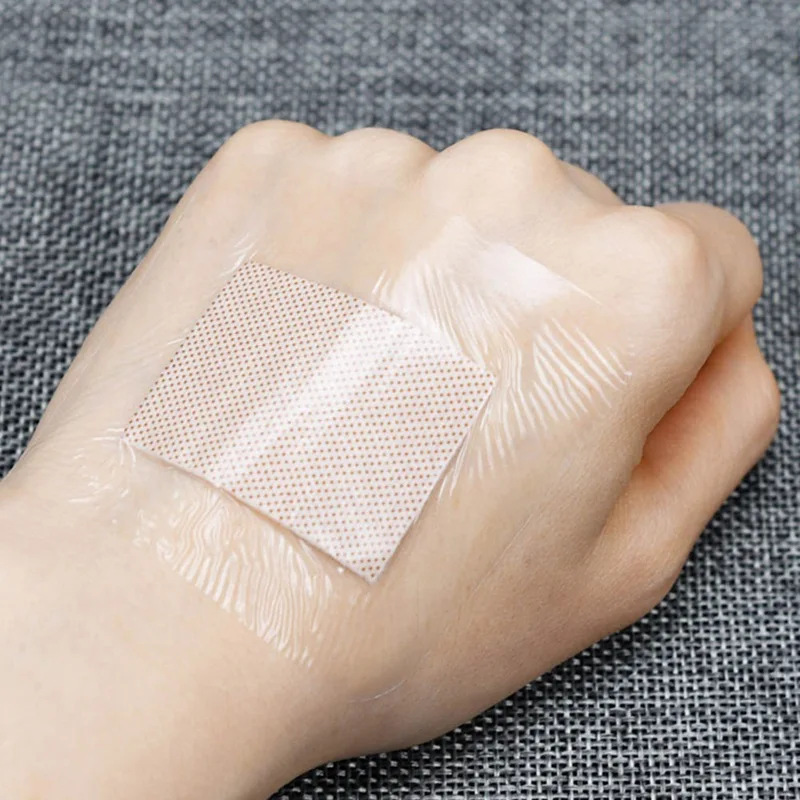
If you are a swimmer and wonder how to swim with a wound, I am here today to talk about this. Honestly speaking it’s not rocket science at all, but you need to know the basics to cover your wound under the water.
Now, it is highly important to cover your wound properly so that no water can touch your wound. Because water can cause severe infection to your wound. In this case, a waterproof wound cover will give you the best solution for you.
However, you need to know how a waterproof bandage works under the water. Knowing the basics will help you to cover your wound properly and you can roam under the water stress-free.

How You Actually Can Swim With A Wound?
While having a wound is always unexpected, it doesn’t mean that you can’t swim with that. Being a passionate swimmer, you love swimming at any cost, right?
You can do that. But you need to take adequate protection so that your wound cannot become infected. After all, you already know that safety comes first.
One simple solution is a waterproof wound cover or waterproof bandage, but you need to know the exact process to wear it.
For instance, if you love to swim in the ocean, your wound cover should have a 0.5 to the 1.5-inch border for creating enough hold.
The very first step that you should follow before applying waterproof bandages is to clean the wound properly with clean water or antibacterial spray. It will ensure that your wound is bacteria-free underneath the cover.
The next step that I would like to mention you need to dry your wound before applying the wound cover.
Now, comes the final stage. At this stage, you can apply the waterproof wound cover, but make sure that your hands are enough to clean so that you’ll get total protection.

Why Do You Need To Cover Wound When Swimming?
You might think that your wound is healing and you don’t need a wound cover. Honestly speaking, swimming with a healing wound is even riskier.
Because in the water there are many germs and microorganisms which can infect your wound again. In almost every case, water can soften the surrounding skin of your wound and ultimately your wound will swell and shrink.
It will slow down the entire healing process which is not expected by anyone ever. It is a matter of common sense that an open wound while swimming is at high risk of infection.
I can tell you that, sometimes even a small wound can give you severe pain while underwater. So you should apply a good wound cover for swimming if you have a wound in your body.
Finally, no one has the right to restrict you from swimming. You can always swim at any time even with a wound in your body, but you need proper protection to do that.
You’ll find a lot of waterproof bandages in the market. However, I would like to suggest you get the best waterproof bandages for swimmers so that you can become stress-free while underwater.
It’s also a good idea to have a second thought of the water you are going to swimming in. You should always choose the best pool with clean water when you are expecting to swim with a wound.
On the other hand, check the water condition if you plan to go to a beach for swimming. Swimming with a wound is always ok, but you should ensure that your wound is covered properly with waterproof bandages.





